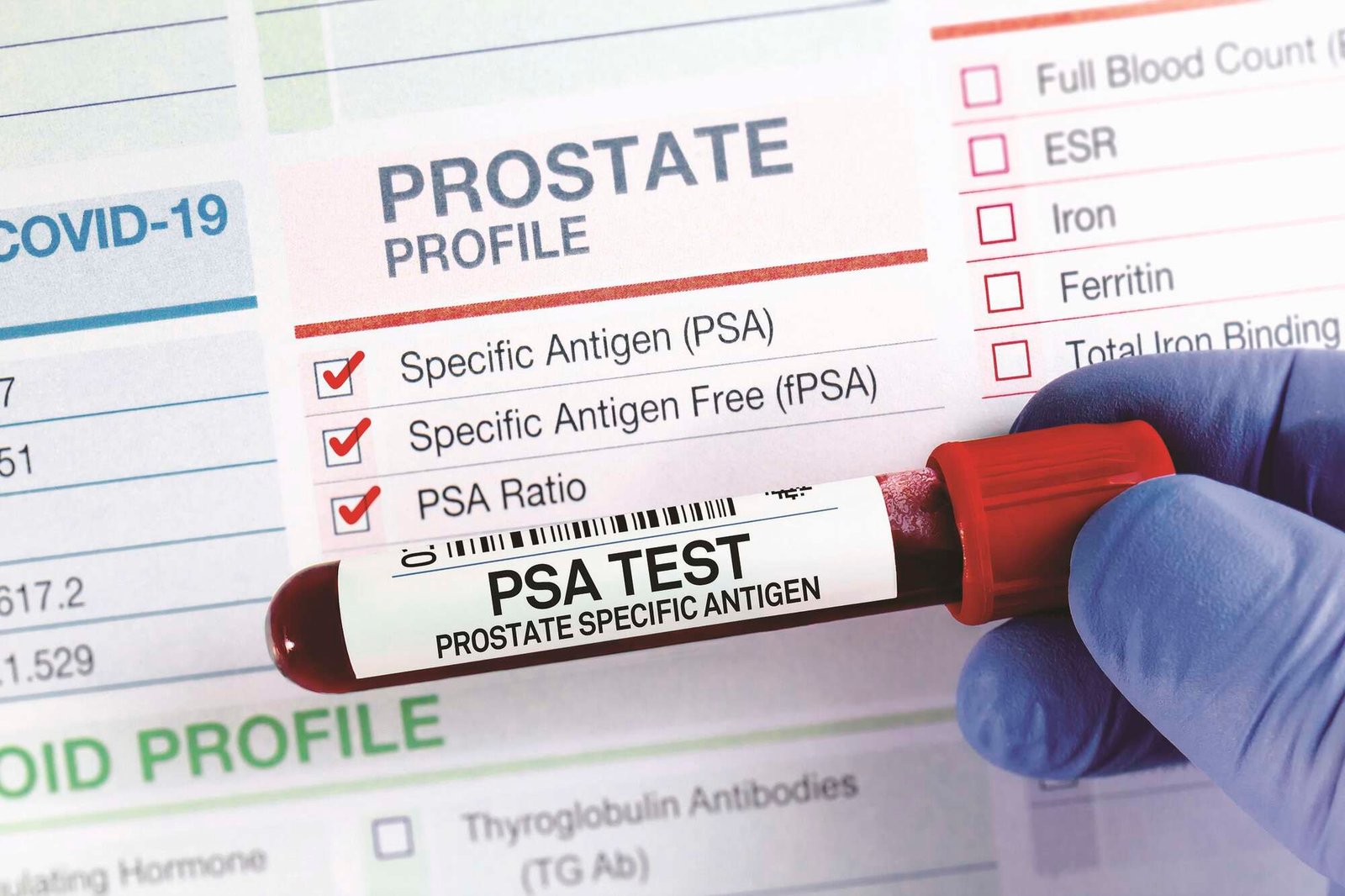[ad_1]

A highly targeted and effective option for treating prostate cancer in its early stages is now available in Kenya.
The procedure, brachytherapy, according to Prof Peter Ngugi, a consultant urologist at the Nairobi Hospital, is an alternative to surgery, which for long has been the standard treatment.
Brachytherapy, a type of internal radiotherapy, is reported to be more precise and has lower morbidity, with shorter treatment times and recovery periods as well as minimal side effects.
Read: Stem cell centre raises tempo on research
“I treat my patients in the morning and release them the same day or early the next day to go home,” said Prof Ngugi.
The condition is diagnosed by prostate-specific antigen testing, which identifies possible existence of cancer cells in the prostate. This is followed by a biopsy and treatment should the tests turn positive.
In the past, prostrate treatment was through surgery, which took four hours and involved removal of the prostate gland. The patient had to use a catheter for 21 days. Chemotherapy is also common.
With this treatment, the prostrate remains intact, with no permanent removal of structures, including the tubes that carry sperm.
The technique, which has seen 112 men treated with a 98 per cent survival rate.
“This is a simpler, better way of treating prostate cancer and can be rolled out to even remote parts of the country. It is possible to conduct five treatments in a day using the procedure unlike the other treatments,” Prof Ngugi said.
Prostate cancer is the most common cancer among men and fourth overall. Current data indicates that one in eight men will be diagnosed with prostate cancer in their lifetime.
It is also one of the deadliest cancers among men, accounting for slightly over 7 per cent of all cancer deaths in the world.
He added that with the high cost of the treatment, they hope that the National Health Insurance Fund (NHIF) will come on board to help reduce the burden on patients.
Read: Kenya to receive cancer equipment from nuclear agency
After visualising the prostrate through ultrasound, an X-ray is performed to image the entire prostrate to know where to place the seeds and calculate how much radiotherapy is to be delivered and where.
The patient is then placed under anaesthesia so that they do not feel pain. By using needles, the seeds are injected precisely where the cancer cells are. The low levels of radiation in the seeds are not harmful to others.
“In our case, we use iodine 125 seeds. After identifying the part of the prostrate where the cells are found, we inject the seeds only where the cancer is.,” Prof Ngugi said.
According to the urologist, the technique can also be used to treat patients who had used other methods and the disease recurred.
Prof Ngugi said there is a worrying trend of Kenyans going for screening when the cancer cells have spread. This, he said, makes the technique ineffective as it only works in the early stages of cancer when the cells are confined to the prostrate.
“For you to be treated with this method, you need to be diagnosed before you have symptoms. If you come with symptoms, then the condition is unlikely to be cured. You need to come forward and be tested before you have symptoms,” he advised. This cancer does not usually show symptoms during the early stages. Since most men do not get screened regularly, the high rates of death may be attributed to late detection.
A 49-year-old who sought anonymity confirmed he had undergone the procedure the previous day at the hospital and was ready to be discharged. He was diagnosed with the condition last year after doing a full body check-up. After several tests, the doctor recommended the procedure.
“I am not feeling any pain when passing urine, nor blood in the urine. I am glad that I am able to get an erection normally. Everything went well. I am waiting to be discharged,” he said
[ad_2]
Source link



